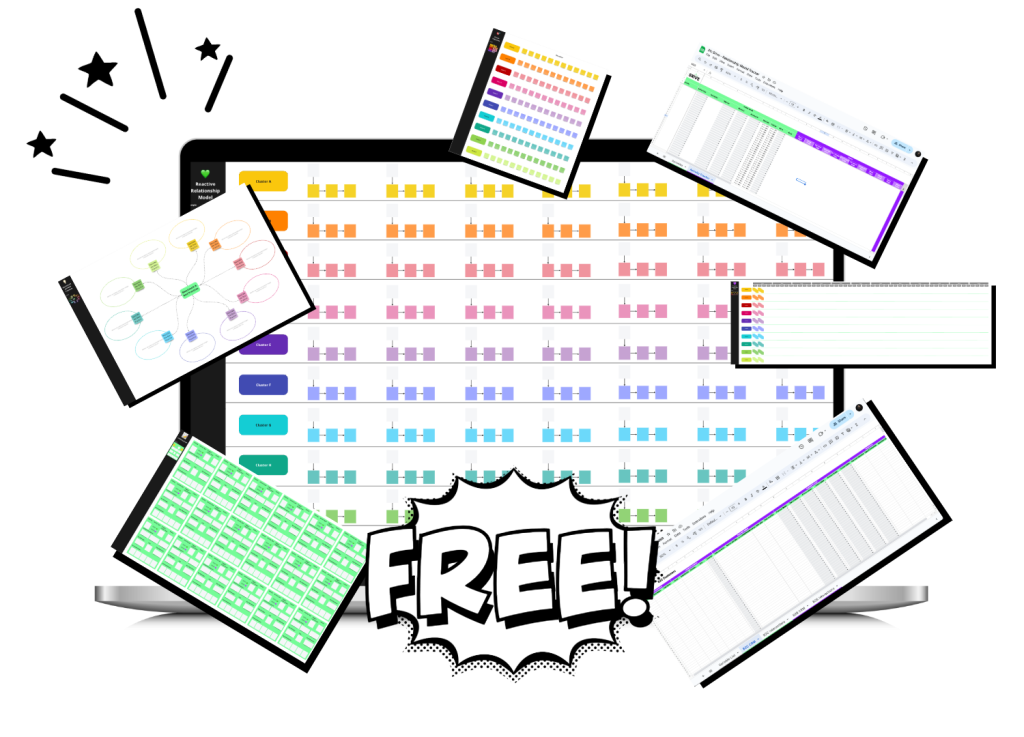What is a Customer Relationship Model?
When we talk about a customer relationship model, we refer to the overall plan or strategy for managing one-on-one interactions with your customers with the goal of growing and retaining them. This customer relationship model can include both reactive and proactive interactions with your customers.
- Reactive activities involve a defined journey of interactions, such as sending personalized emails or targeted messaging that are launched based on certain triggers or alerts. For example, if a customer hasn’t placed an order in 6 months and moves from the “active” status to “sleeping,” this triggers a promotional email with the objective of reactivating the customer.
- Proactive activities involve a targeted plan of interactions per cluster, based on the specific objectives and characteristics of that cluster. The interactions are not triggered by a specific event but are sent to all customers within a cluster or segment at the same time.
At its core, a customer relationship model serves as the backbone of your customer engagement strategy, providing a systematic approach to nurturing relationships at every touchpoint of the customer journey. By leveraging both reactive and proactive interactions, businesses can tailor their communication to meet the unique needs and preferences of each customer segment, ultimately fostering loyalty, satisfaction, and long-term growth.

Get the FREE Customer Relationship Management Templates
What is a Customer Relationship Model Good For?
A well-defined customer relationship model is crucial because it lays out a structured approach to nurturing and maintaining relationships with customers, leading to enhanced customer satisfaction, loyalty, and ultimately, business growth.
- Increased Customer Loyalty: By understanding and meeting the needs of your customers through personalized interactions, you can build stronger relationships and foster loyalty.
- Higher Customer Retention Rates: With proactive engagement strategies in place, you can reduce churn rates by consistently providing value and addressing customer concerns before they escalate.
- Improved Customer Satisfaction: By anticipating customer needs and providing timely support and assistance, you can enhance overall satisfaction and positive brand perception.
Curated Lists 📋
💡 To save you some time, we have prepared a free list with CRM Tools which you can use to work on your customer relationship model.
